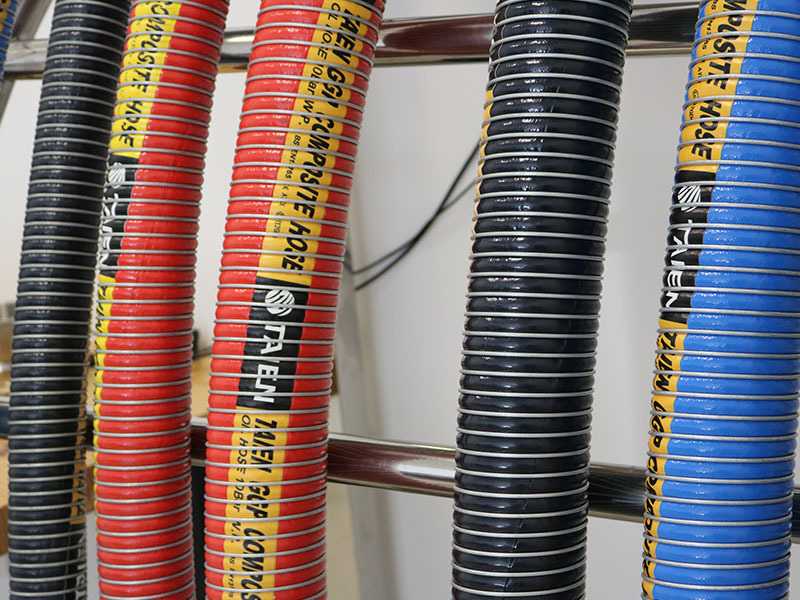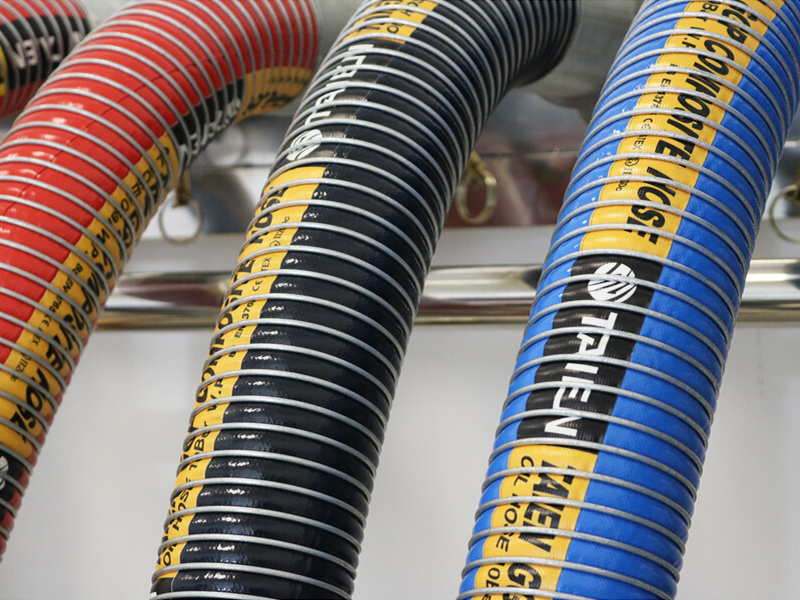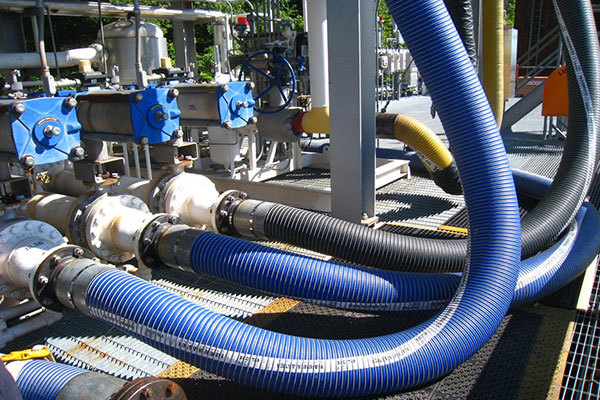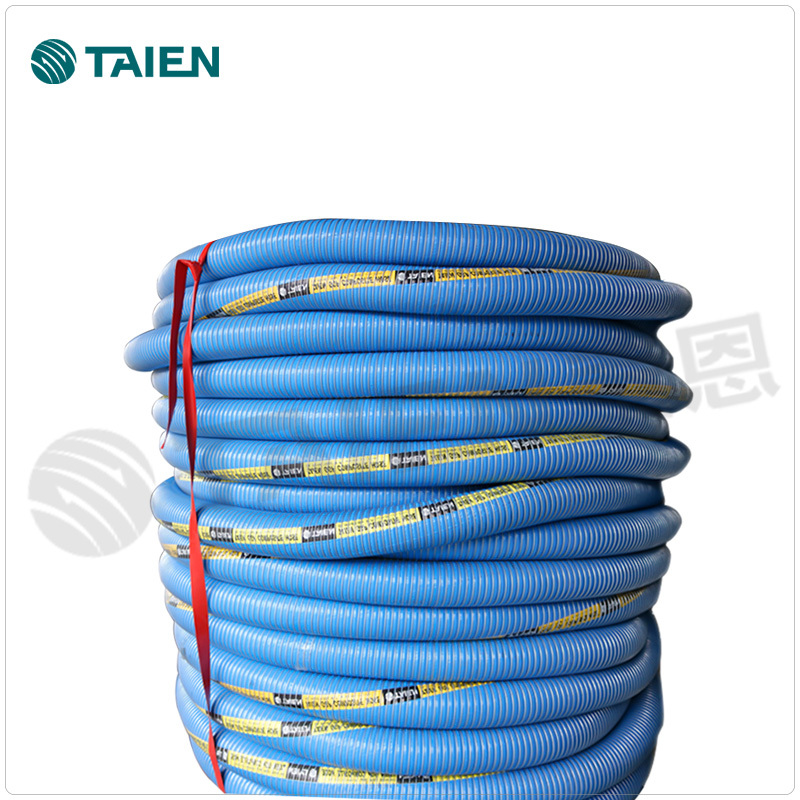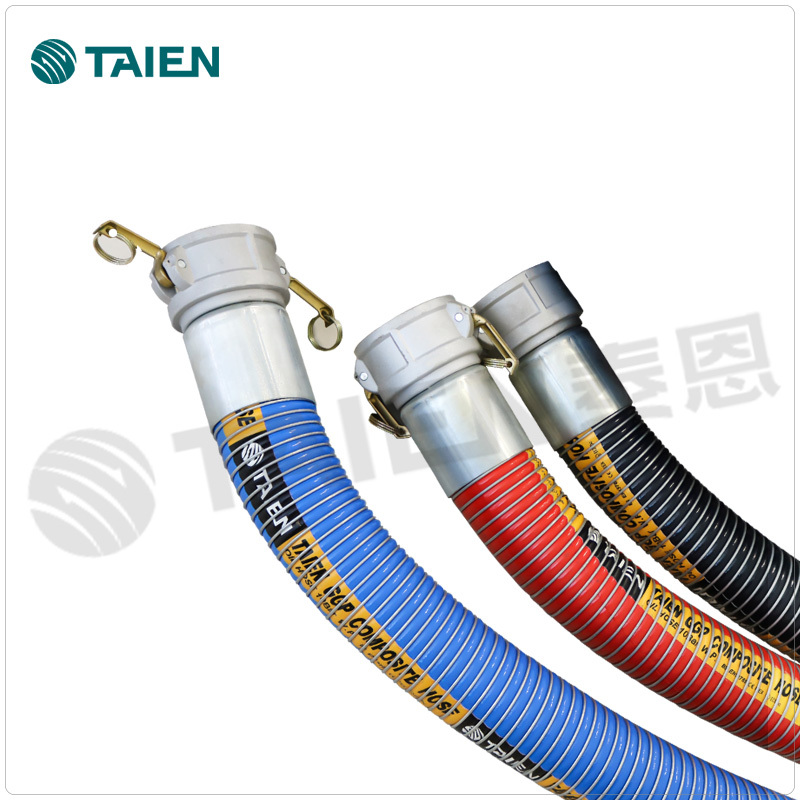How to Select High Temperature Hoses for Extreme Conditions: A Comprehensive Guide
Release time:
2025-05-23
Author:
Source:
Abstract
How to Select High Temperature Hoses for Extreme Conditions
Introduction to High Temperature Hoses
Selecting the right high temperature hoses is crucial for industries dealing with extreme conditions. These hoses are engineered to withstand elevated temperatures while maintaining integrity and performance. In applications ranging from manufacturing to food processing, the right hose can make a sig
How to Select High Temperature Hoses for Extreme Conditions
Introduction to High Temperature Hoses
Selecting the right high temperature hoses is crucial for industries dealing with extreme conditions. These hoses are engineered to withstand elevated temperatures while maintaining integrity and performance. In applications ranging from manufacturing to food processing, the right hose can make a significant difference in efficiency and safety.
Understanding the Importance of High Temperature Hoses
High temperature hoses are designed to transport fluids, gases, and other materials that may reach extreme temperatures. The right selection can prevent leaks, reduce downtime, and ensure compliance with safety regulations. When improperly chosen, hoses can fail, leading to costly repairs and potential hazards.
Key Considerations When Selecting High Temperature Hoses
1. Temperature Ratings
The first consideration is the hose's temperature rating. Ensure that the hose can handle the maximum temperatures encountered in your application. Hoses are typically rated for continuous and intermittent use, so understanding the operational parameters is vital.
2. Material Selection
The material of the hose significantly impacts its performance. Common materials include:
- **Rubber**: Highly flexible and durable, suitable for many applications.
- **Silicone**: Excellent for high-temperature resistance but may not handle high pressure.
- **PTFE (Teflon)**: Ideal for extreme chemical resistance and high temperatures.
Choosing the right material based on your specific conditions is essential for optimal performance.
3. Pressure Ratings
In addition to temperature, consider the pressure ratings of the hose. High temperature hoses must withstand varying pressure levels without bursting. Always refer to manufacturer specifications to ensure the hose meets your operational requirements.
4. Flexibility and Bend Radius
The flexibility of a hose can influence its usability in tight spaces. A minimum bend radius is essential to avoid kinking, which can compromise the hose's integrity. Assess the layout of your application to ensure the selected hose can maneuver effectively.
5. Compliance and Certifications
Selecting hoses that meet industry standards (like ISO or SAE) is critical. Compliance ensures that the hoses have been tested for quality and safety, reducing risks associated with failures. Look for certifications related to high temperature and pressure applications.
Types of High Temperature Hoses
1. Steam Hoses
Designed specifically for steam applications, steam hoses require materials that can withstand high temperatures and pressures. These hoses are often reinforced to prevent collapse under pressure.
2. Chemical Hoses
Chemical hoses are built to handle corrosive substances at high temperatures. The inner lining must be resistant to various chemicals while maintaining flexibility.
3. Exhaust Hoses
Commonly used in automotive and industrial applications, exhaust hoses must tolerate extreme heat generated by gases. They are typically made from durable materials that can withstand the rigors of hot exhaust.
Applications of High Temperature Hoses
High temperature hoses are utilized across multiple sectors, including:
- **Chemical Processing**: For transferring corrosive chemicals at high temperatures.
- **Food and Beverage**: For steam and hot water applications in processing facilities.
- **Manufacturing**: In machinery where heat is generated and requires effective cooling or exhaust.
Maintenance Tips for High Temperature Hoses
To ensure longevity and performance, regular maintenance is essential. Here are some best practices:
1. Regular Inspections
Conduct frequent inspections for wear and tear, checking for cracks, blisters, or other deformities that could indicate failure.
2. Proper Storage
Store hoses properly when not in use to prevent damage. Avoid exposing them to extreme conditions or chemicals that may degrade the material.
3. Clean Regularly
Cleaning hoses after use can prevent buildup that may affect performance. Use appropriate cleaning methods based on the hose material and application.
FAQs About Selecting High Temperature Hoses
What is the maximum temperature a high temperature hose can handle?
High temperature hoses can typically handle temperatures ranging from 250°F to 500°F or more, depending on the material.
How do I determine the correct size for my high temperature hose?
Consider the flow rate and pressure requirements of your application. Manufacturers provide sizing charts to help determine the appropriate diameter.
Can I use a regular hose for high temperature applications?
Regular hoses are not designed to withstand high temperatures and pressures. Using them in such applications can lead to failures.
What types of fittings are compatible with high temperature hoses?
Fittings made from materials like stainless steel or brass are often used with high temperature hoses due to their durability and resistance to corrosion.
Are there any safety precautions when working with high temperature hoses?
Always wear appropriate safety gear, ensure proper installation, and regularly monitor hoses for signs of wear or damage.
Conclusion
Choosing the right high temperature hose is a critical decision that impacts both safety and efficiency in various industrial applications. By understanding the key considerations, types of hoses, and maintaining them properly, you can ensure that your operations run smoothly. Always prioritize quality and compliance when selecting hoses to navigate extreme conditions effectively. Make informed choices to protect your investment and enhance your operational capabilities.
Recommended Reading







